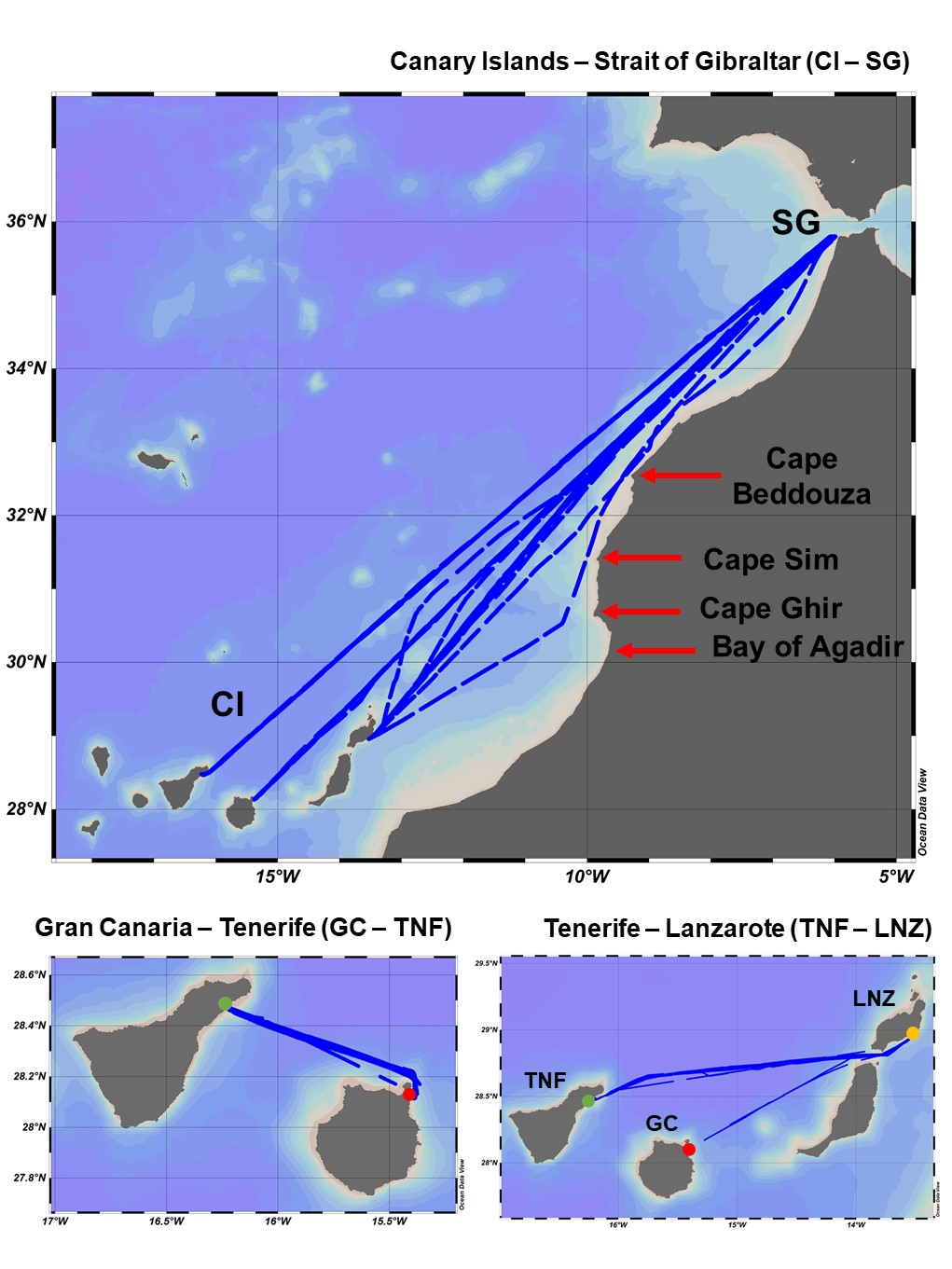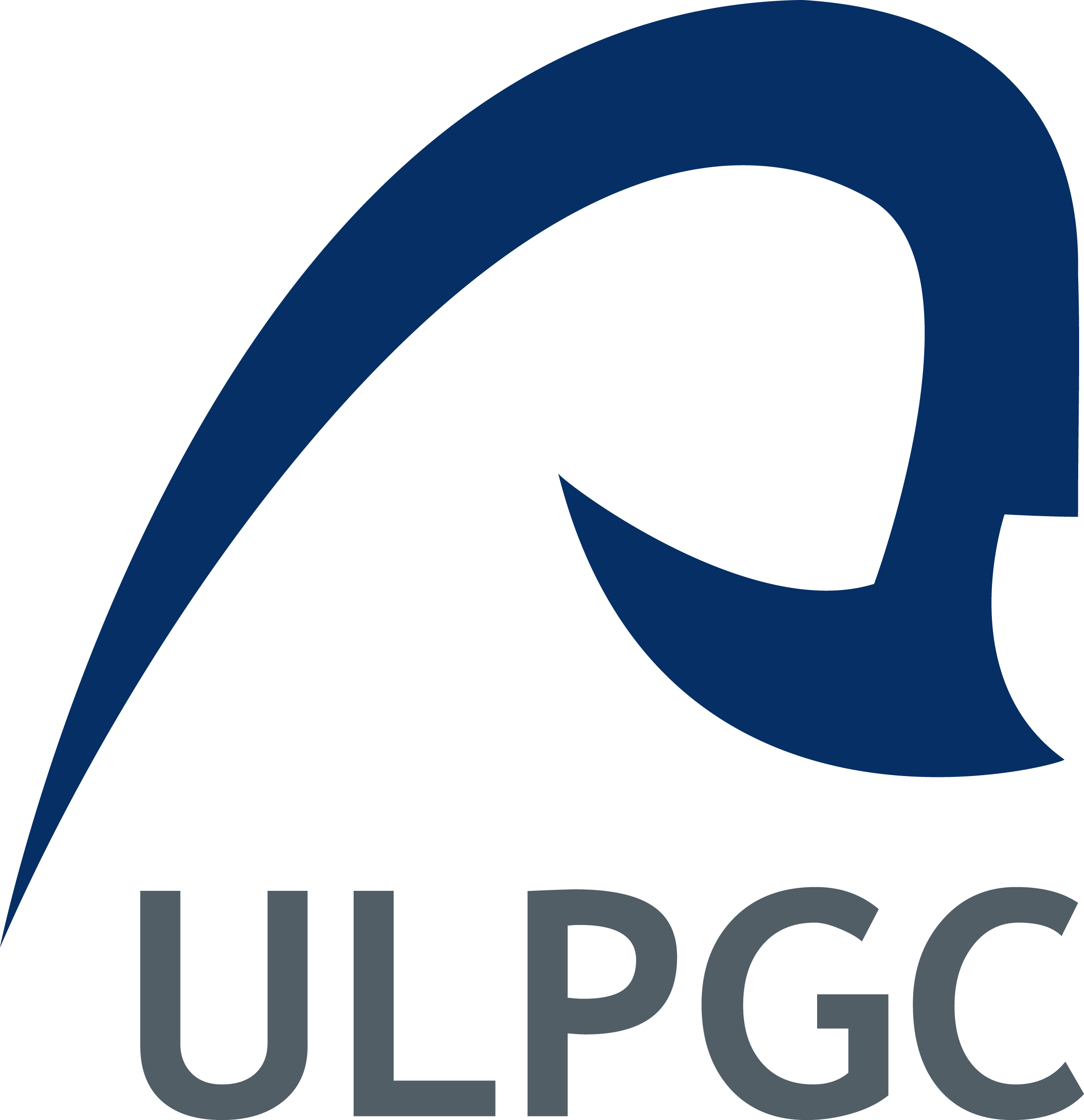Ph.D. Program in Oceanography and Global Change at the Canary Islands, Spain
Coastal and continental shelves are biogeochemically active regions which play a key role in the global carbon cycle. However, they are largely ignored in the Global Carbon Budget due to the limited number of local and regional studies and the resulting poor representation in global models. This thesis project, framed in the CanBIO-CanOA (2019-2023) research program (co-financed by the Government of the Canary Islands and the Loro Parque Foundation and supported by the CARBOCAN agreement) focuses on the surface observation of CO2 along the coastal regions of the Northeast Atlantic and Western Mediterranean. Data was collected through continuous autonomous monitoring by a Surface Ocean Observation Platform (SOOP) installed aboard the Voluntary Observing Ship (VOS) RENATE P (CanOA-VOS line). The main objective of this thesis project is to expand knowledge on the spatial and temporal distribution of the parameters of the CO2 system and air-sea fluxes in the Northeast Atlantic, Strait of Gibraltar and Western Mediterranean.
The seasonal and spatial variability during the first year of data availability (February 2019-February 2020) has been studied in the Northeast Atlantic (Curbelo-Hernández et al., 2021). The results show that the seasonal and spatial variability of CO2 fugacity in seawater (fCO2,sw) was strongly driven by the seasonal temperature variation, which increased with latitude and was lower throughout the year in coastal regions where the upwelling and offshore transport was more intense. The fCO2,sw increased from winter to summer by 11.84 ± 0.28 µatmºC-1 on the inter-island routes (Gran Canaria-Tenerife-Lanzarote) and by 11.71 ± 0.25 µatmºC-1 along the northwest African continental shelf The effect of biological processes and calcification/dissolution on CT normalized to a constant salinity of 36.7 (NCT) between February and October represented >90% of the reduction of inorganic carbon while air-sea exchange described




